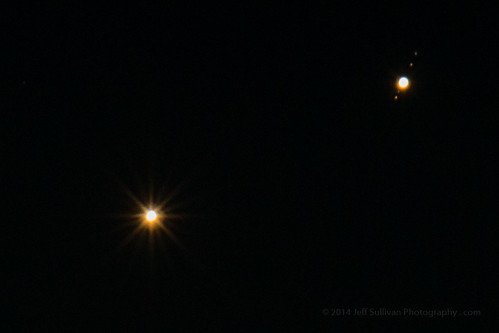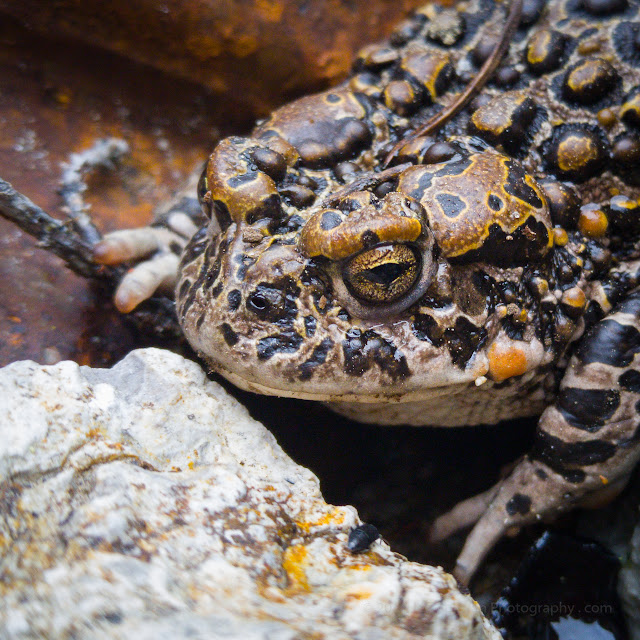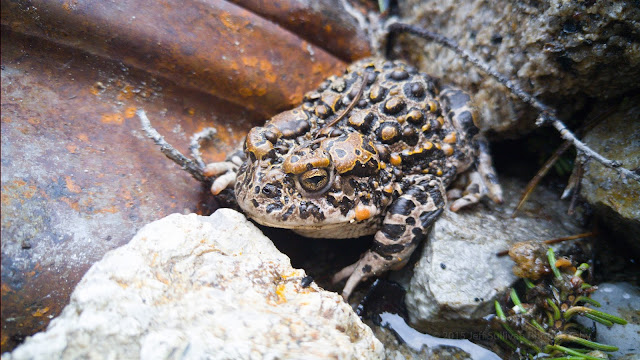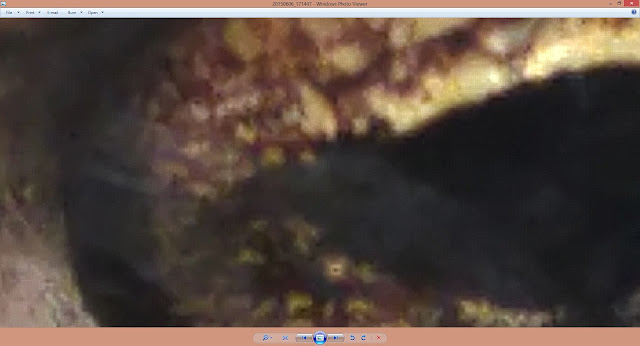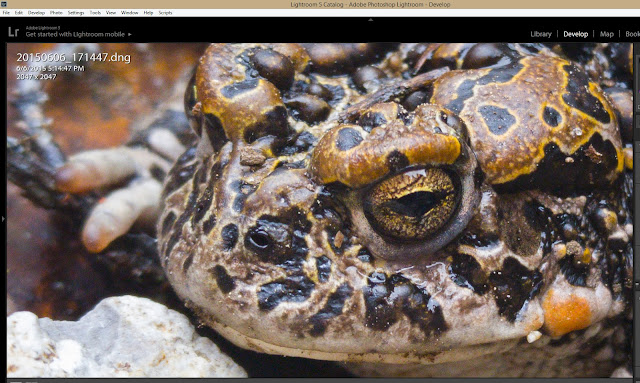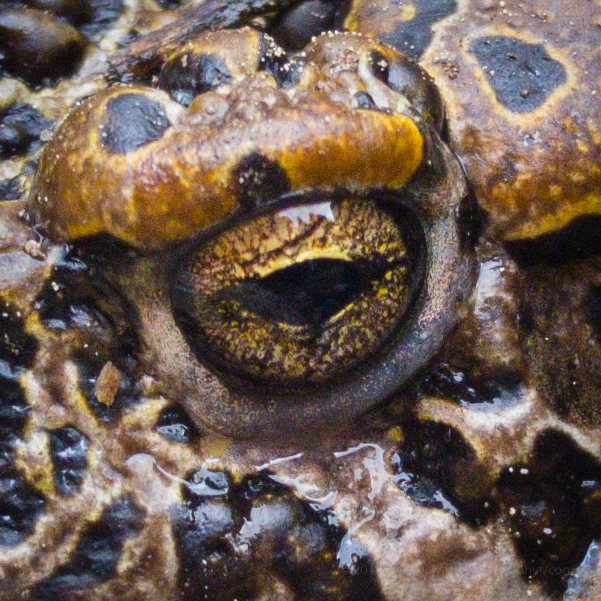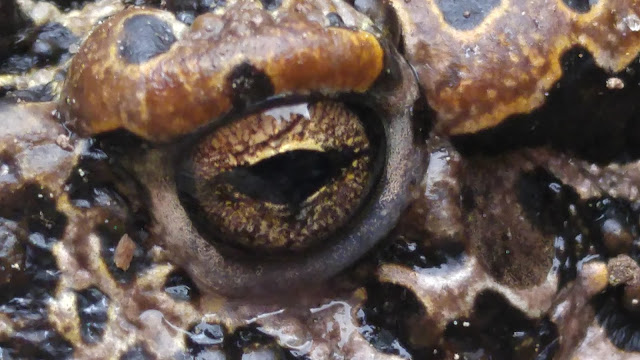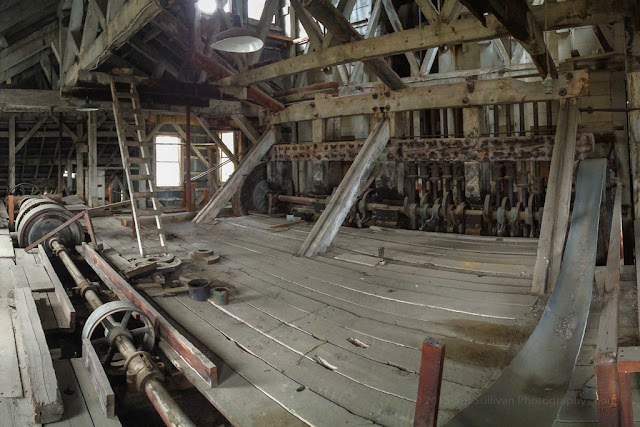 |
| I picked this gem up at the winery in September 2000 |
 |
| Happy Birthday Mom! |
The 1998 merlot was so good, when I saw the 2012 Pride Mountain Vineyards merlot on the wine list with dinner at the Ahwahnee. There were 12 of us who came together in the park to celebrate my mother's birthday. I don't think that she had eaten there before, so the meal was a special treat for her during the family reunion week.
Prior to moving to photography full time I was a wine broker, and before that an avid wine consumer as I worked for various Silicon Valley high tech companies. I attended major wine industry tasting events and held weekly blind tastings with friends. I eventually published thousands of tasting notes on the Internet, starting with a home page on my AOL account in 1995 or so.
Needless to say, I found some great wines and wineries. I added the labels of some wines that I enjoyed in an album on Google+ and one on Facebook... the wines I enjoyed once scanners became inexpensive enough to attach to PCs.
I still stop at wineries whenever I have the chance as I travel. It's nice to enjoy wines for their own merits rather than primarily in the context of business, but there's no reason why I can't share my latest finds, much like I did with friends back in the 1990s and early 2000s.
I originally typed my tasting notes into a spreadsheet, where I could sort the data, but I was also able to add columns for HTML code, and easily paste it all into Web pages. It seems to work well for blog posts too. Here, for example, are some of the other times that I enjoyed Pride's '98 merlot:
I originally typed my tasting notes into a spreadsheet, where I could sort the data, but I was also able to add columns for HTML code, and easily paste it all into Web pages. It seems to work well for blog posts too. Here, for example, are some of the other times that I enjoyed Pride's '98 merlot:
1998 Pride Mountain Vineyards Napa County 64% Sonoma County 36% Merlot $38.00 02/16/03 - The rumors of this wine's demise have been greatly exaggerated, it's still delivering the goods. Thick and syrupy supple black fruit with an ample but very well integrated tannin backbone, this is a merlot for cabernet drinkers. Its prodigious mass and subtle herbal notes on the finish may have some enthusiasts crying "oak", but this is the controversial vintage that the winery insisted spent only about 15% of its life on new oak. This is mountain fruit from a cooler climate than the Napa Valley floor, so neither characteristic rings any warning bells on my palate and I didn't pick up caramel/vanilla/smoky/graphite notes that dominate many well-oaked wines. Instead, I simply pair it with a cabernet meal (bacon-wrapped filet mignon in this case), hang on and enjoy the ride. With supporting acidity hiding behind the waves of fruit and mouth-tickling tannins, I predict that this wine has years of life left ahead of it. It may well slip into an awkward/backward period in mid-life, like some Sullivan merlots can (the 1990 comes to mind), but many hardy souls will enjoy this wine over much of the next 10+ years. 92
1998 Pride Mountain Vineyards Napa County 64% Sonoma County 36% Merlot $38.00 06/15/01 - Wow! Blackberry, exotic spices (asian five spice), cinnamon bark, eucalyptus, INTENSE, plush, supple earthy notes in the background. 93 *
1998 Pride Mountain Vineyards Napa County 64% Sonoma County 36% Merlot $38.00 05/13/01 - Smooth and supple, vanilla, spices, smoky, ample concentration without being clumsy. 93*
1998 Pride Mountain Vineyards Napa County 64% Sonoma County 36% Merlot $38.00 11/14/00 - Creamy, with coffe and spices. Closed. 92
1998 Pride Mountain Vineyards Napa County 64% Sonoma County 36% Merlot $38.00 09/02/00 - Dark fruit, tarry blackberry, dry and tight with good acid on the finish 92*
1998 Pride Mountain Vineyards Napa County 64% Sonoma County 36% Merlot $38.00 05/05/00 - Dark with a big, ripe, Bordeaux-like nose, firm blackberry mountain fruit, wonderful texture, tarry, smoky finish, rustic tannins, decent length. 92*
Given how easy it is to paste HTML code, I should look into getting my database back online!















